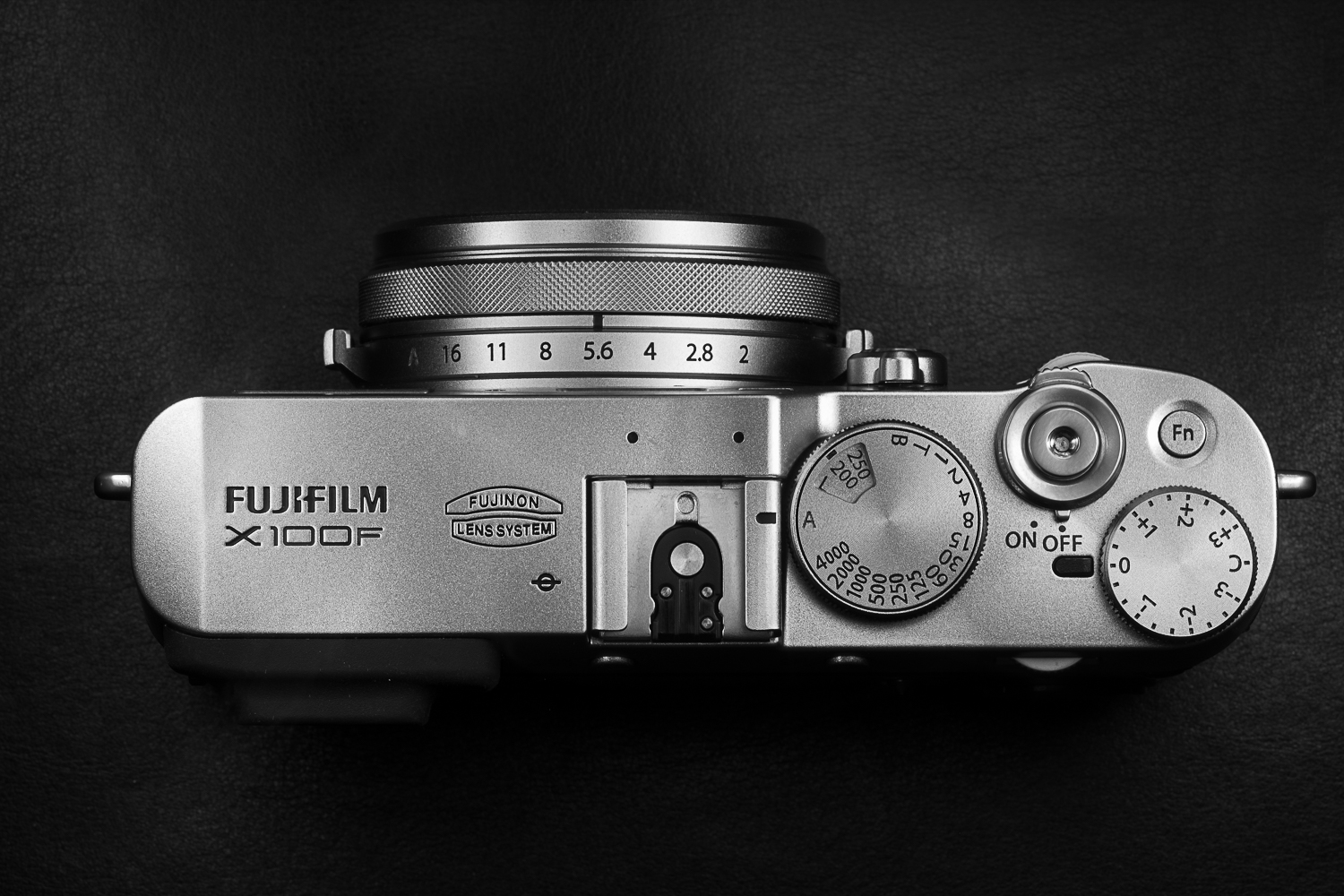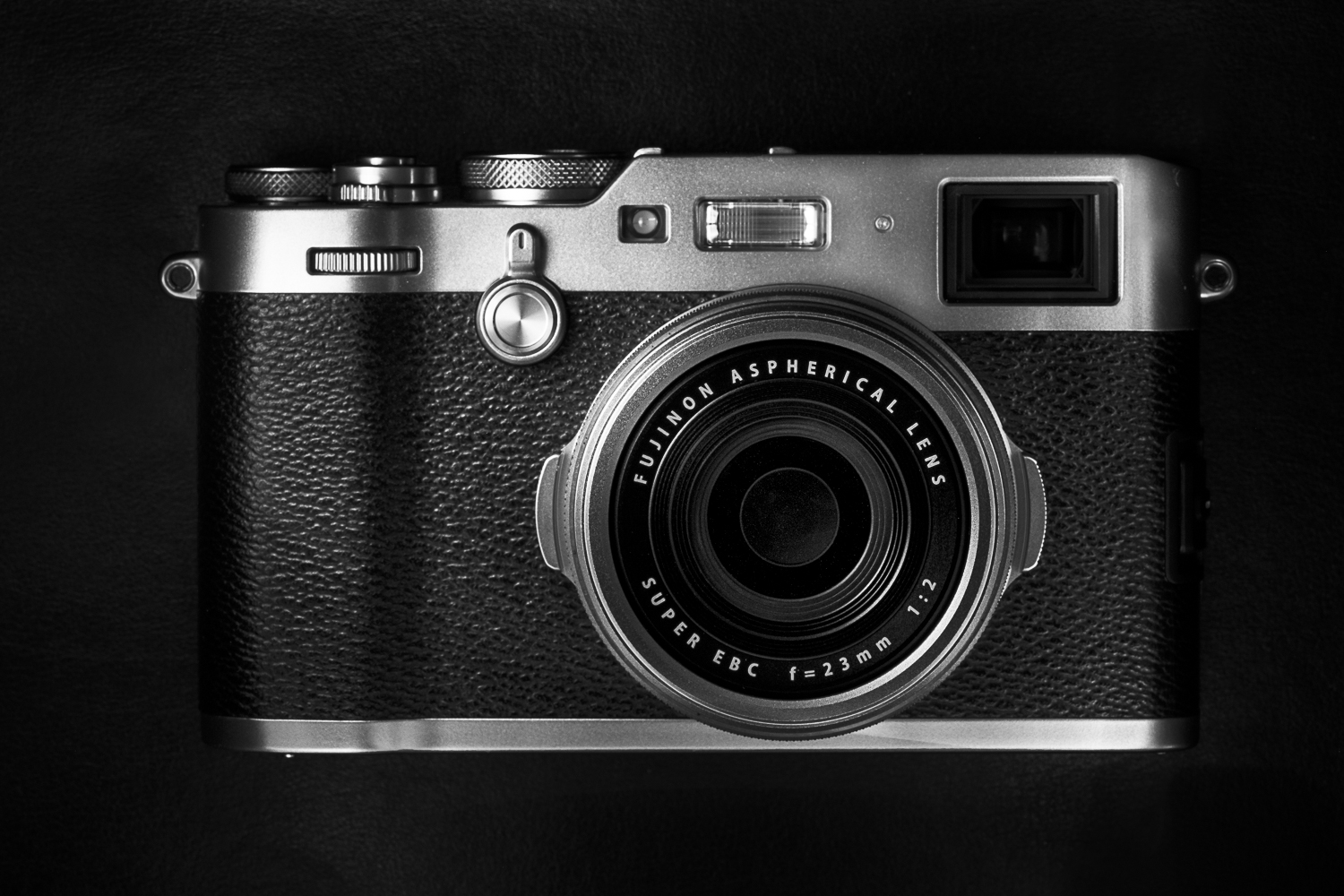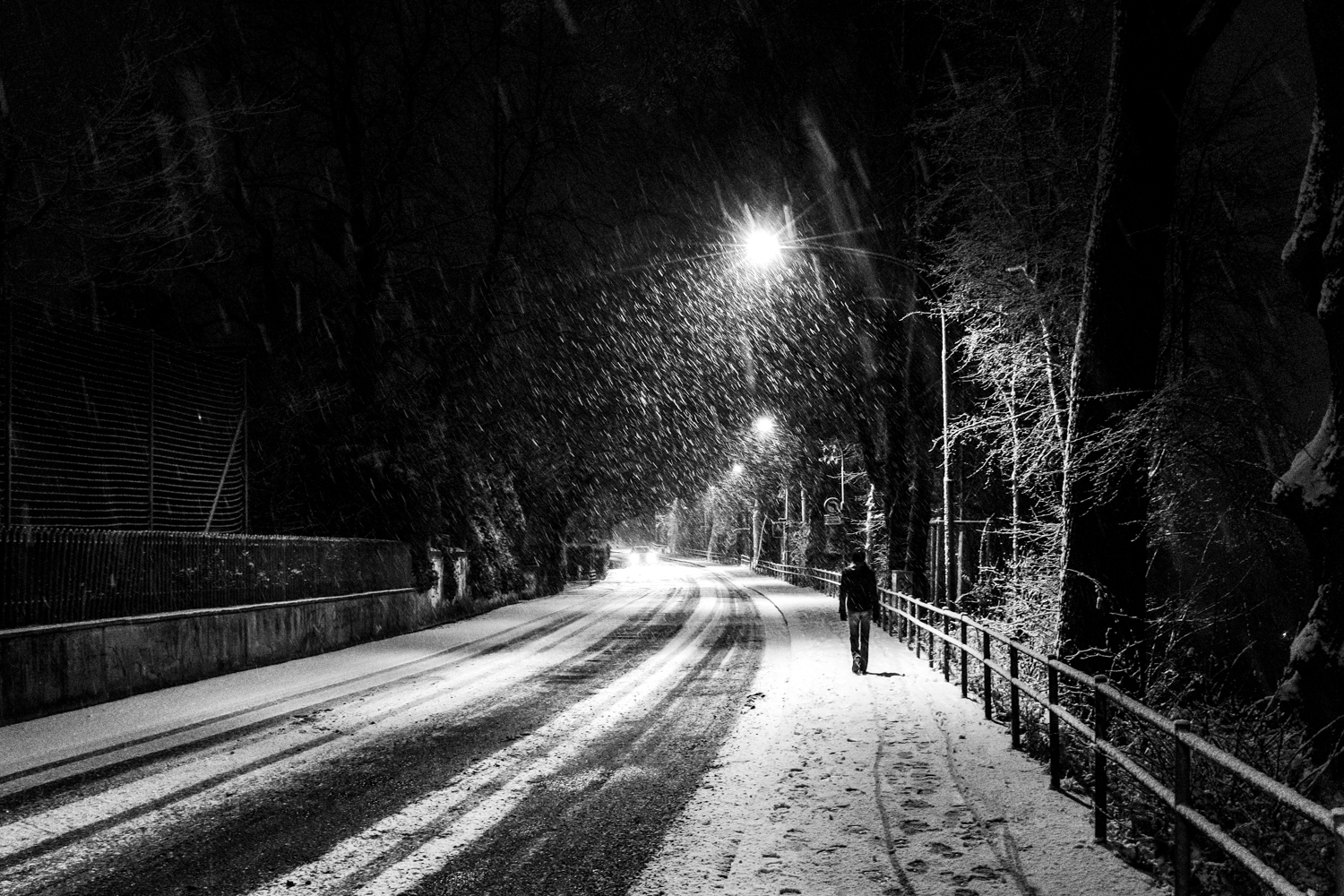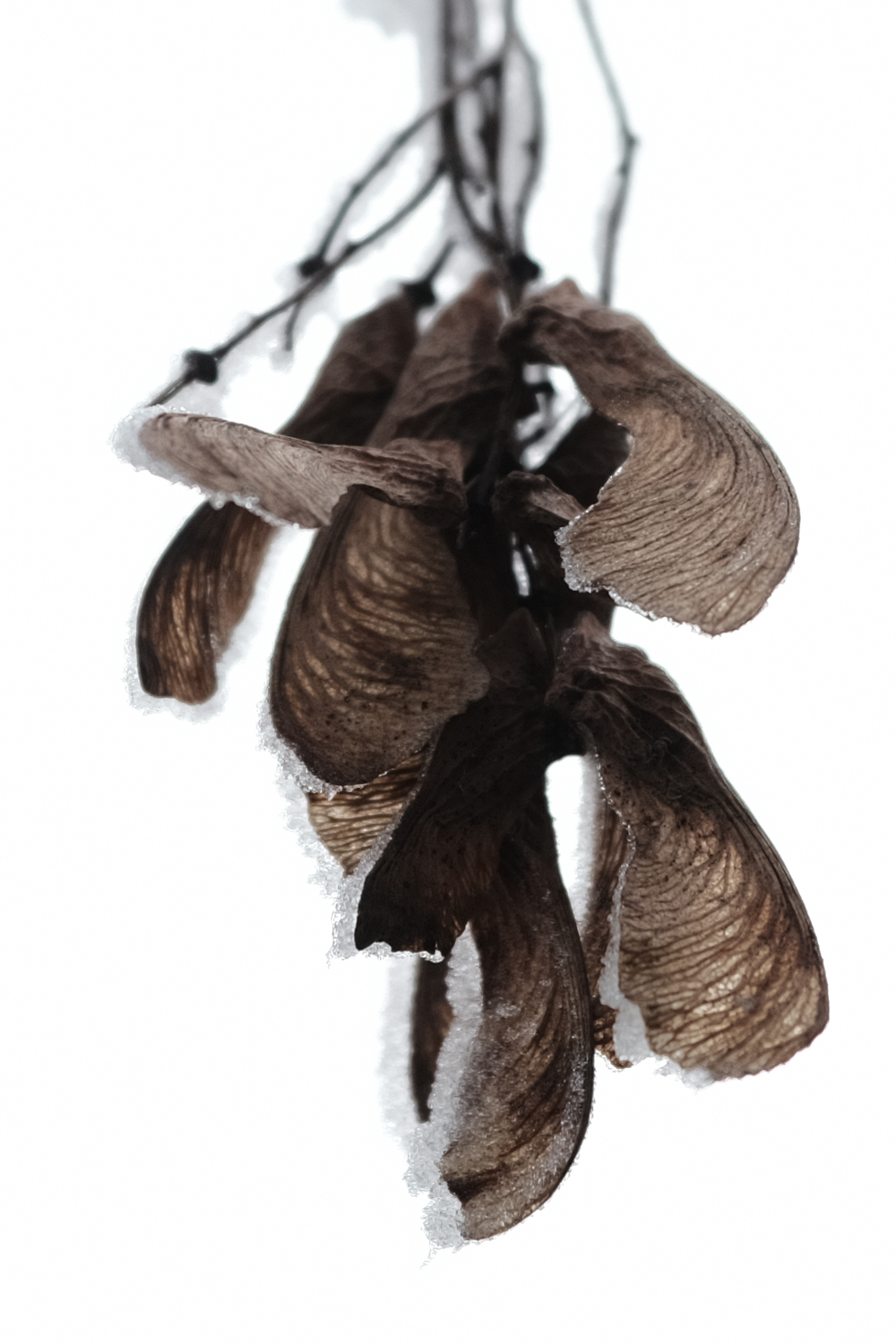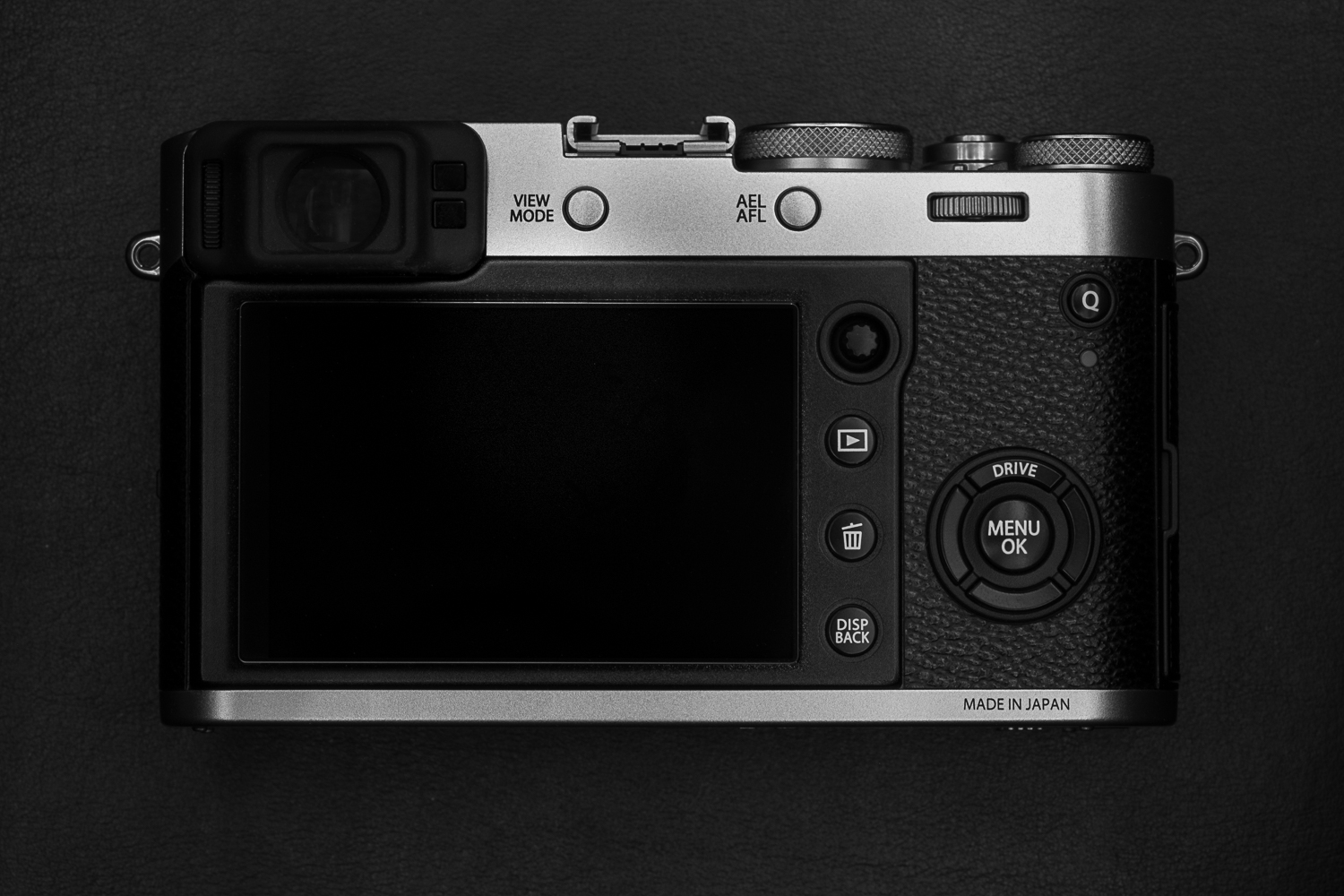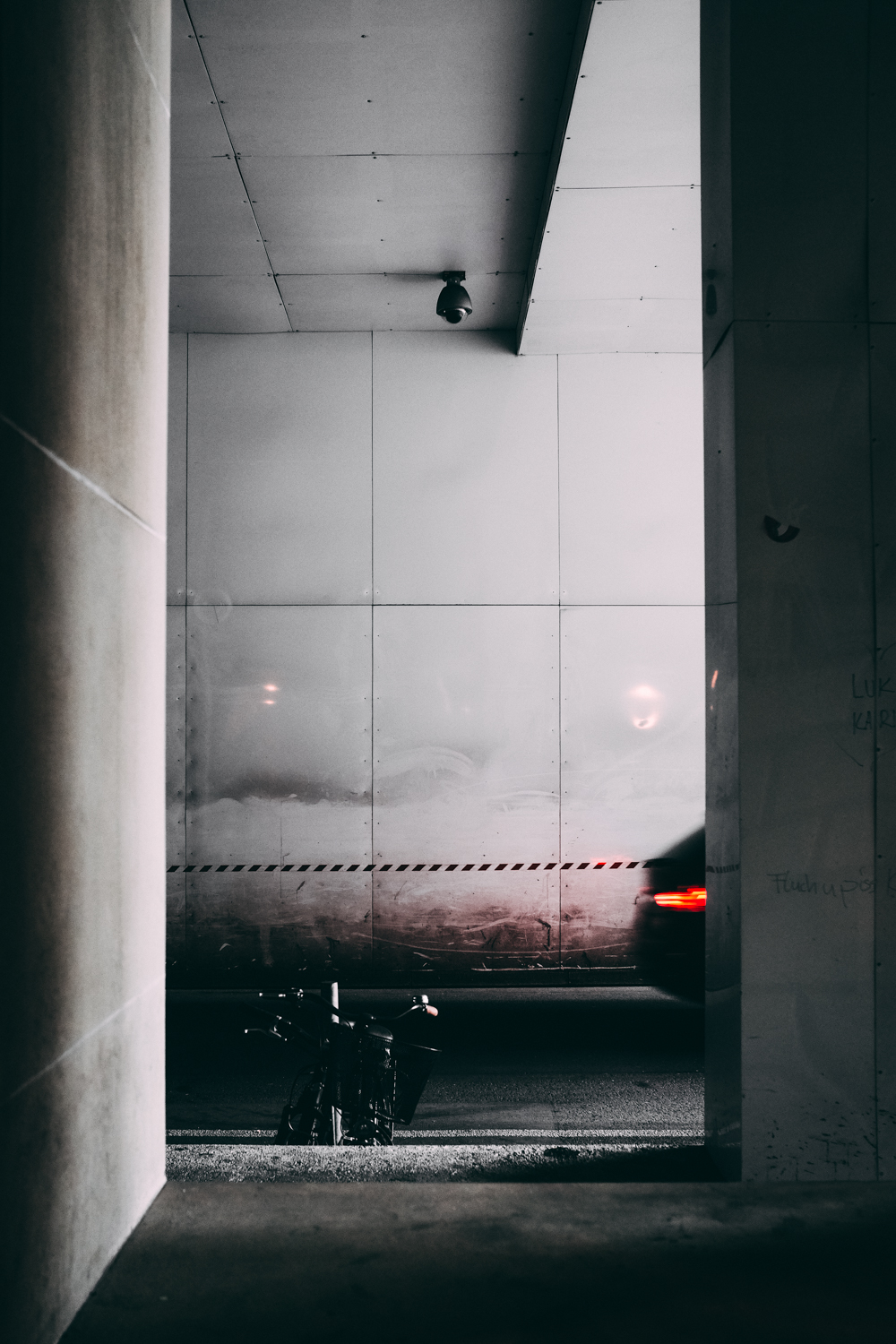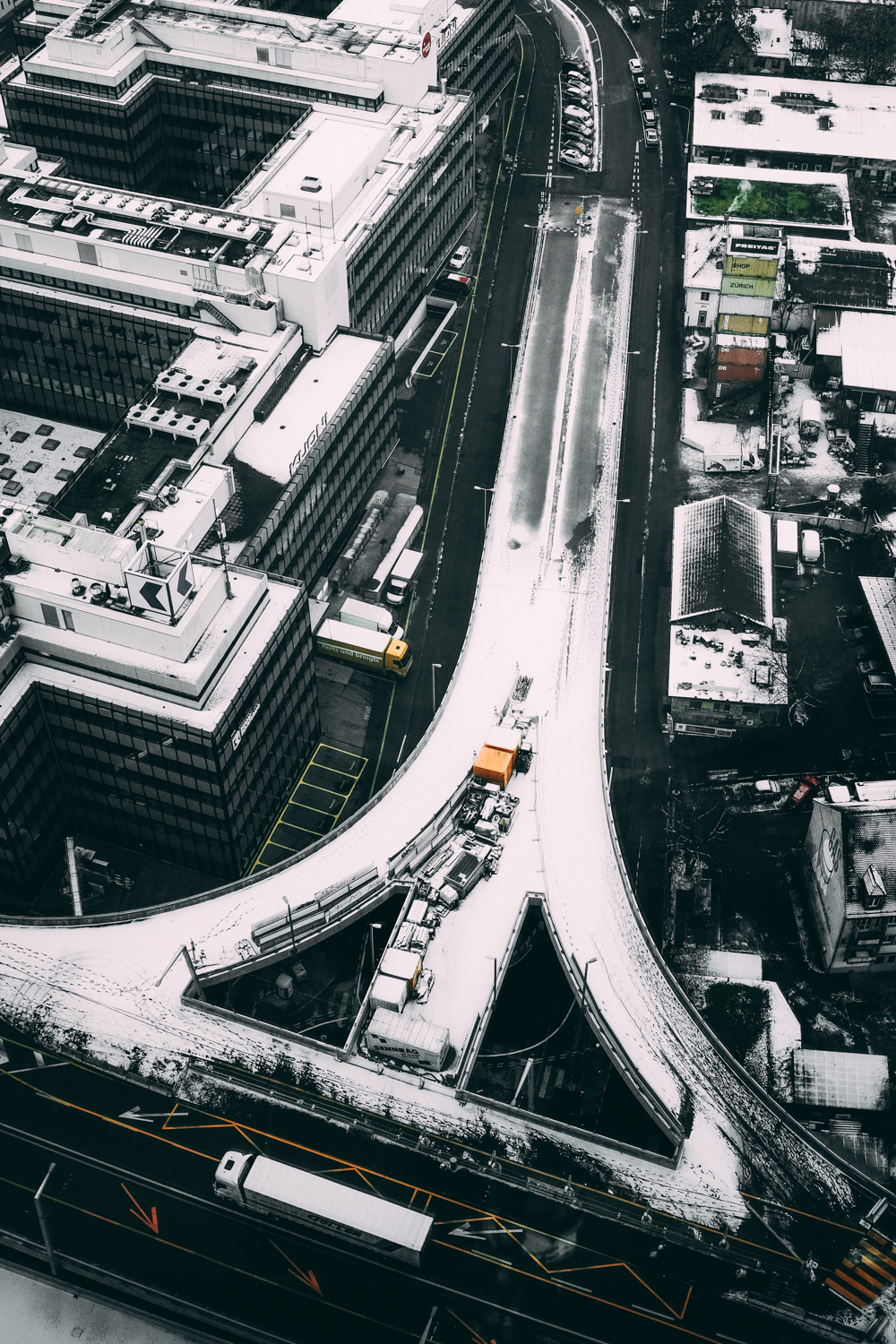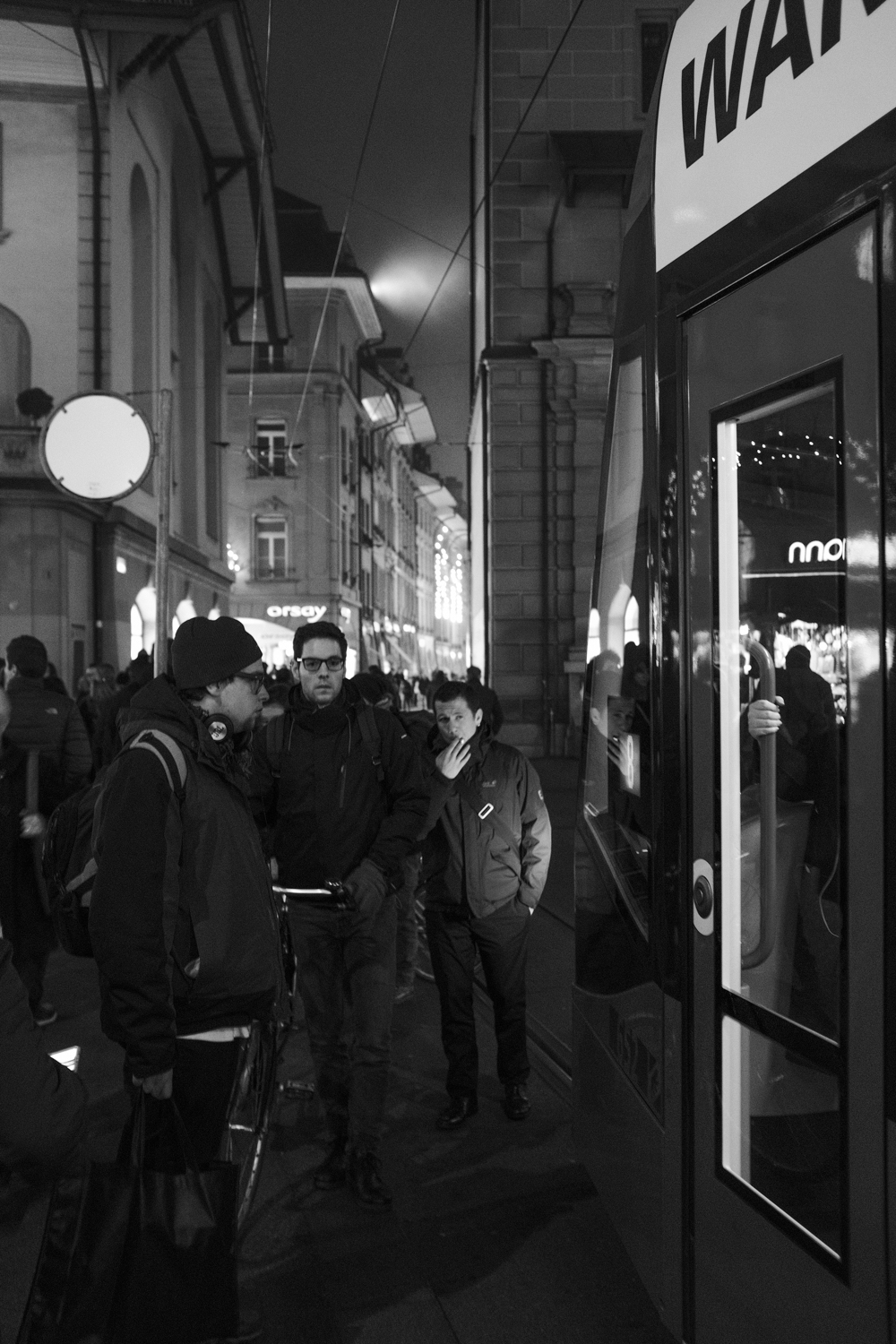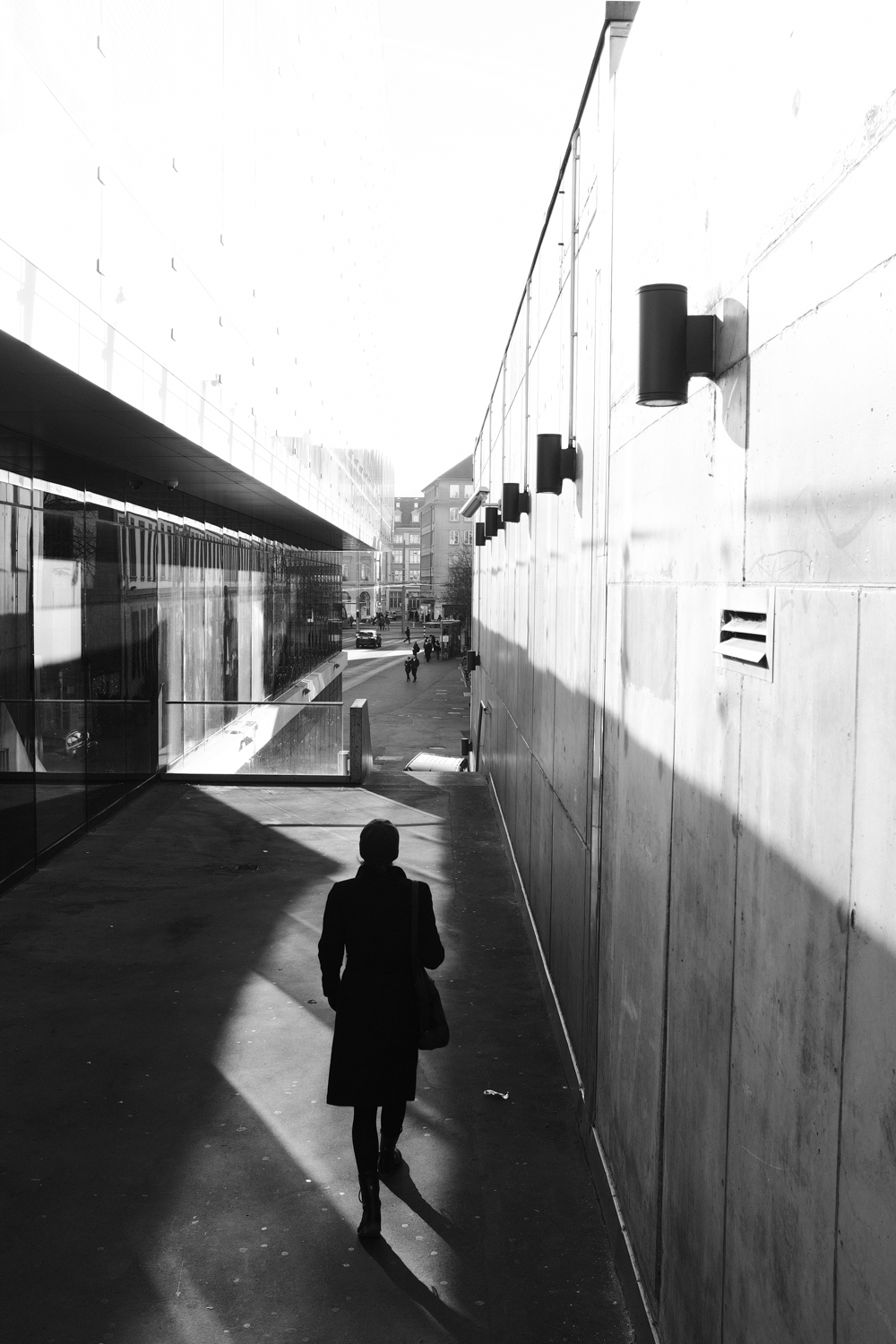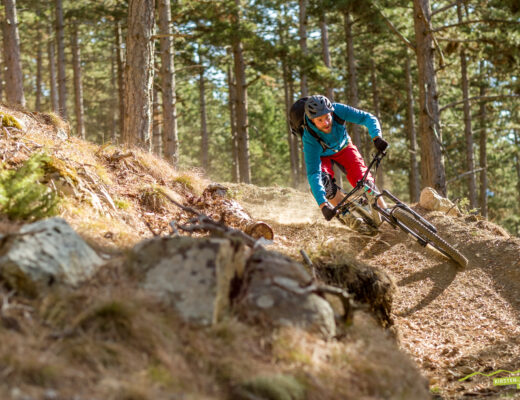About six years ago Fujifilm introduced the magical X100 which was received very well and gained a lot of followers. Over the years two successors, the X100S and the X100T were released. The form has not changed much and the concept of a fixed lens camera in a small body remains alluring up to today. In its fourth version, the X100F is a worthy evolution in the X100-series and one I am very happy to having had the opportunity to test. I am an official Fuji X-Photographer and had the opportunity to use a preproduction model of the X100F for a couple weeks. I got the X100F just about at the perfect time. Having been on the road for two months I felt drained and not very motivated to go out and shoot a lot. With the X100F I got a camera that fits in every pocket and I started taking it along everywhere again and shooting all the small little things of everyday life. It was a joy!
This won’t be an overly technical review (I’d rather go shooting than talking about specs) and I will focus on what is new compared to the X100T and how I use/like it. All photos in this article are, unless stated otherwise, shot with a preproduction model of the X100F. Since the X100F I had was a preproduction version, RAW conversion could only be done in-camera. The files look brilliant and very clean to me, but I can only reach a final conclusion on this once I receive my production model.
Lets start with the exterior stuff first: Fujifilm did only some very minor changes to the body itself. The measurements are as follows (in mm): 126.5 x 74.8 x 52.4 with a weight of approx. 470g (compared to the X100T with 126.5 x 74.4 x 52.4, 440g).
The camera is still not weather sealed, which is something I personally was hoping for. The size and weight of it makes it my go to camera to take along everywhere be that summer, winter, sun, rain or snow, dusty or wet conditions. I had no issues so far but having had the protection of weather sealing would have been very nice and would have provided a certain peace of mind. I understand though, that weather sealing would only have been achieved on the cost of having a larger body.
24.3M Pixel Sensor
The camera now sports the same 24.3M x-Trans CMOS III (APS-C) Sensor with the X-Processor PRO as the X-Pro2 and X-T2 do, including the ability to shoot compressed RAW. ISO is from 200 up to 12800 (X100T is up to 6400). I personally shoot it with up to 6400 ISO without any trouble or regrets and still get very clean files. With the new sensor the X100F now also has the new and much loved monochrome film simulation Acros and grain effects.
F2 23mm Lens and Leaf Shutter
The X100F has the same single focal 23mm f2 lens (which is a 35mm full frame equivalent) as its predecessor the X100T. The weak spot of it is it being soft when shot wide open on a close range. The lens will turn very sharp once stopped down to f4 or more. On the front of the lens there is again the screw mount as on the older X100 cameras, which allows for the use of the existing WCL-X100 (wide angle converter, 18mm APS-C) and the TCL-X100 (tele converter, 35mm APS-C).
The camera also still has the leaf shutter which is important for all those photographers balancing flash light with ambient light.
While the lens might have its drawbacks with being soft wide open, the camera’s main domain, as I see it, is street and documentary photography and not macro and close-ups with blurry backgrounds. I therefore can more than live with it.
New Button / LCD Layout
The layout of buttons and the LCD screen on the back of the camera has been changed to accommodate a firmer grip of the camera. The screen has been moved to the left side of the camera while all the buttons are now either on the right side of the screen or above it. This leaves a lot of space for grip. The LCD screen cannot be tilted contrary to what many photographers were hoping and asking for. It would without a doubt have been possible to include a tilt screen, but my personal guess is, that the camera body would become larger and Fujifilm wanted to avoid that.
Like with the X-Pro2 and X-T2 there is now an 8-way focus lever (aka joystick) to move the focus point around the whole screen. After having shot a lot with the X-Pro2 I really missed the joystick on the X100T and am more than happy to have it now on the X100F. It allows me to very quickly move the focus point to anywhere in the whole frame without having to assign any specific button (I used one of the selector buttons (up, left, right, down) to achieve the same with the „T“) or focus and recompose.
Top Layout with new ISO Dial
The ISO dial is now integrated with the shutter dial same as with the X-Pro2. I like having direct access to the ISO settings but would struggle to change ISO when wearing gloves. I instead opted for AUTO ISO settings. It is possible to define three different ranges and what is new and very welcome is minimum shutter speeds of up to 1/500s. This is perfect for shooting street or any not too fast moving objects. With the so far only possible 1/125s minimal shutter speed I would sometimes get blurry pictures when I wanted them sharp. What is also new is that at the lower right corner in the screen the AUTO ISO setting is now displayed with the max ISO value chosen.
Exposure compensation can still be set to plus/minus three stops with the wheel on the top right of the camera. In addition to this the wheel can now be set to „C“: this allows for compensation of up to plus/minus five stops through the new front dial on the camera.
Front Command Dial and Button in OVF/EVF-Lever
A couple things changed on the front side of the X100F. There is a new front command dial which lets you scroll through pictures in preview mode, select exposure compensation and pressing it to activate movie mode. Unlike with the X-Pro2, where one can set intermediate shutter speeds that are not available on the shutter speed dial when shooting in Manual or Shutter Speed Priority modes and/or shift programmed exposure combinations when shooting in Program mode, this was not possible at the time of testing (with the preproduction firmware).
The front lever for changing between EVC and OVF now has a button included, that can be customized (same as on the X-Pro2).
The focus ring on the 23mm f2 lens can be used as a control ring (like on the X70) when in single or continuous focusing mode to change either between white balance, film simulation, “standard” (changes default option according to selected shooting mode) or the new digital teleconverter (50mm, 70mm). When using it to change the teleconverter settings, I found it difficult to switch to 50mm. When rotating the dial only slightly I would already be at 70mm having jumped over 50mm. For my own purpose, I probably won’t be using the built in teleconverter much, since I prefer using the TCL-X100 adapter instead.
Faster and More Accurate Autofocus
For the focus point one can either choose between 91 points (7×13) or 325 points (13×25) like on the X-Pro/X-T2 and same phase detection pixel area and improved contrast focus areas.
For autofocussing one can choose between single point, zone or wide/tracking mode. There is no further customization as is possible with the X-T2. I only used single point focusing and found it to be much faster and more accurate. I shot family pictures at night at home in low light as well as a lot of shots outdoors in the evening/at night (it being winter at the time of testing and early sunsets) and was very happy with focus accuracy and speed. I very rarely and only in very bad low light situations encountered hunting of the AF (unlike with the older X100T). This improvement was one of the things I was really hoping for, since autofocus on the X100T really was starting to bother me after having used the X-Pro2 for quite a while. In addition to this the X100F now also has face detection available where you can choose between left/right eye priority, face on/eye auto or face on /eye off (the autofocus only “searches” for a face). I personally don’t use this very often but find it convenient when shooting portraits sometimes.
The last change in conjunction with the AF is the new position of the AF LED which is now situated next to the small flash on the front of the as opposed to before when it was next to EVF/OVF-lever. Since the new sensor has such strong low light capabilities and I can shoot up to 6400 ISO without a significant loss in picture quality I never used the built-in flash.
Same Battery as X-Pro2/X-T2
The X100F has now the NP-W126 S which is the same battery as for the X-T2, X-Pro2. I very much like this, since I don’t have to take along two different kind of chargers when bringing along more than one camera on a trip or for job. It simplifies my life and since I already have a lot of spare batteries I don’t need to buy any for the new X100F.
Fuji claims that one should get 270 shots with EVS/standard mode and up to 390 shots with the OVF/standard mode. When testing the camera, we had some cold weather (around freezing or below) with snow in Switzerland. With the cold temperatures I probably didn’t achieve the afore mentioned number of shots but neither did I pay much attention to how many shots I got anyway, since I always carry some spare batteries with me.
- f8, 1/320s, ISO 200 Acros
- f8, 1/125s, ISO 200 Acros
- f8, 1/240s, ISO 200 Acros
Digital Tele Converter (for JPG)
A new feature that comes with the X100F is a digital teleconverter. This is only available when shooting in JPG mode only. What it essentially does, is cropping the frame to give you the impression of a 50mm or 70mm (APS-C crop) field of view. This results in a loss of picture size of course and as mentioned before I don’t think I will be using it a lot. I played around with it while testing the camera, but I never really warmed to it.
- f8, 1/105s, ISO 3200
- f8, 1/640s, ISO 2000
- 5.6, 1/125s, ISO 200, Chrome
Improved Continuous Shooting and Movie Capabilities
Continuous shooting is also improved and can now be used in continuous low with either 3fps, 4fps or 5fps with AF-C/Liveview or in continuous high with 8fps with AF-C. I use the X100-series cameras for documentary and street photography and as such don’t need continuous shooting very often. It is nice thought to know that it is available should a situation arise that would make it necessary for me.
Movie performance has been upgraded and now offers the same full HD quality as the X-T2 does and has AF function while shooting movie. The X100F does not offer 4K, which I guess is something, many will miss and complain about. Since I hardly ever shoot movies for the time being it doesn’t bother me.
Should you buy it?
In the past I found myself often bringing along my X100T with the X-Pro2/35mm as a substitute for the 23mm F1.4 (which is brilliant but I find it rather large and heavy). I not only get the desired 23mm “lens” with the X100T but also a second body in case my X-Pro2 should fail (never did though!). With the new 23mm F2 at a considerably lower price available than the 23mm F1.4 it might no longer be such an easy choice when deciding on buying a 23mm lens or X100T/F for the Fujifilm X-system.
If you already own an X100T and need the increased autofocus speed and accuracy, the 24.3M pixels and Acros film simulations then you certainly should (but what does “need” exactly mean anyway…).
If you own an X100S or X100, the X100F will be a significant improvement and would be well worth it in my eyes. But ultimately each and every one has to decide this question on his own.

